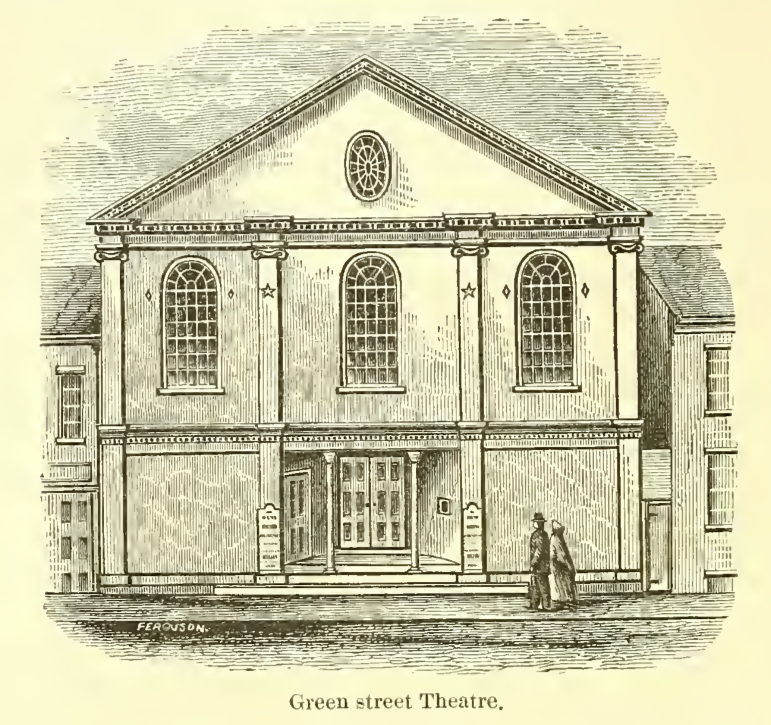
The “History of the Police Service of Albany” from 1902, as we’ve noted before, recorded that there had been about 142 homicide cases in Albany and vicinity from 1687 until 1902, and it took the time to detail a number of the more famous ones. It started with the story of Joseph Bettys, who, while he did do some murdering, was really more about the treason. But after that, it gets down to business describing murders.
Not too surprisingly, it gives a fair amount of ink to the murder of John Whipple by Jesse Strang in 1827, best known around these parts as the Murder at Cherry Hill. If nothing else, Strang’s conviction taught us that practicing shooting through glass, just days before your lover’s husband is shot through a pane of glass, looks more than a tad suspicious. Strang was hanged in the Hudson street ravine, “a few rods above Eagle street,” and like some other Albany hangings, his took a while. “At half-past one the drop fell, but owing to a mismanagement in adjusting the cord around the murderer’s throat, the knot slipped to the back of his neck and Strang fell but four inches. His neck was not broken and as the result his sufferings were long and painful before he died. His body was cut down after it had hung twenty-nine minutes . . . ” And that was the last public execution in Albany.
Another murder in 1836 bears mention. “John Hamilton, a popular actor, member of the famous stock company of the old Green Street Theater, shot and killed Wiliam Duffy, another prominent actor and member of the same theatre company, on the stage. It was adjudged an accident and Hamilton was allowed to go free. He was afterwards shot himself and killed in New Orleans.”
That doesn’t entirely comport with the account in Phelps’s “The Albany Hand-book” from 1884, which describes the murder briefly as the major event for 1836: “William Duffy, manager of Albany theater, fatally stabbed by John Hamilton, an actor; Feb. 10.” In 1972, James M. Leonard , Associate Professor of Theatre at the State University of New York at Albany, published an article titled “Correspondence and Confrontation between William Duffy, Manager, and John Hamilton, Actor.” The paper isn’t publicly available but the abstract describes “emotionally charged confrontations,” which suggests something more than an accident.
It doesn’t comport with another account, either. In his “Personal Recollections of the Drama; or Theatrical Reminiscences,” Henry Dickinson Stone in 1873 noted that William Duffy died March 12, 1836 (in one place the text says 1838, but that’s likely a typo). Of Hamilton, he said this:
“The last I saw of John Hamilton, the assassin, was in Louisville, Ky., twenty-three years ago. He was subject to fits of insanity – during their paroxysms he would rave like a maniac, his friends holding him with all their strength. He imagined the form of his victim was gazing upon him in a supplicating manner, and fiends, with serpents entwined around their heads, were about to convey him to hell! These scenes were truly horrifying to all persons present. Hamilton married old Dyke’s daughter, a strolling manager of the west. She was quite young, the widow of an actor by the name of Robinson. Hamilton died in one of his ravings, in an obscure village in Tennessee. Hamilton was also a printer, and worked in various offices in Albany. He would sub it during the day, and play at the theatre at night. He generally played second old men, assisted in choruses, and was what is termed a general utility man.”
So Hamilton either shot or stabbed William Duffy, and either was shot in New Orleans or died of madness in Tennessee.

2 thoughts on “Murder and Drama in old Albany”